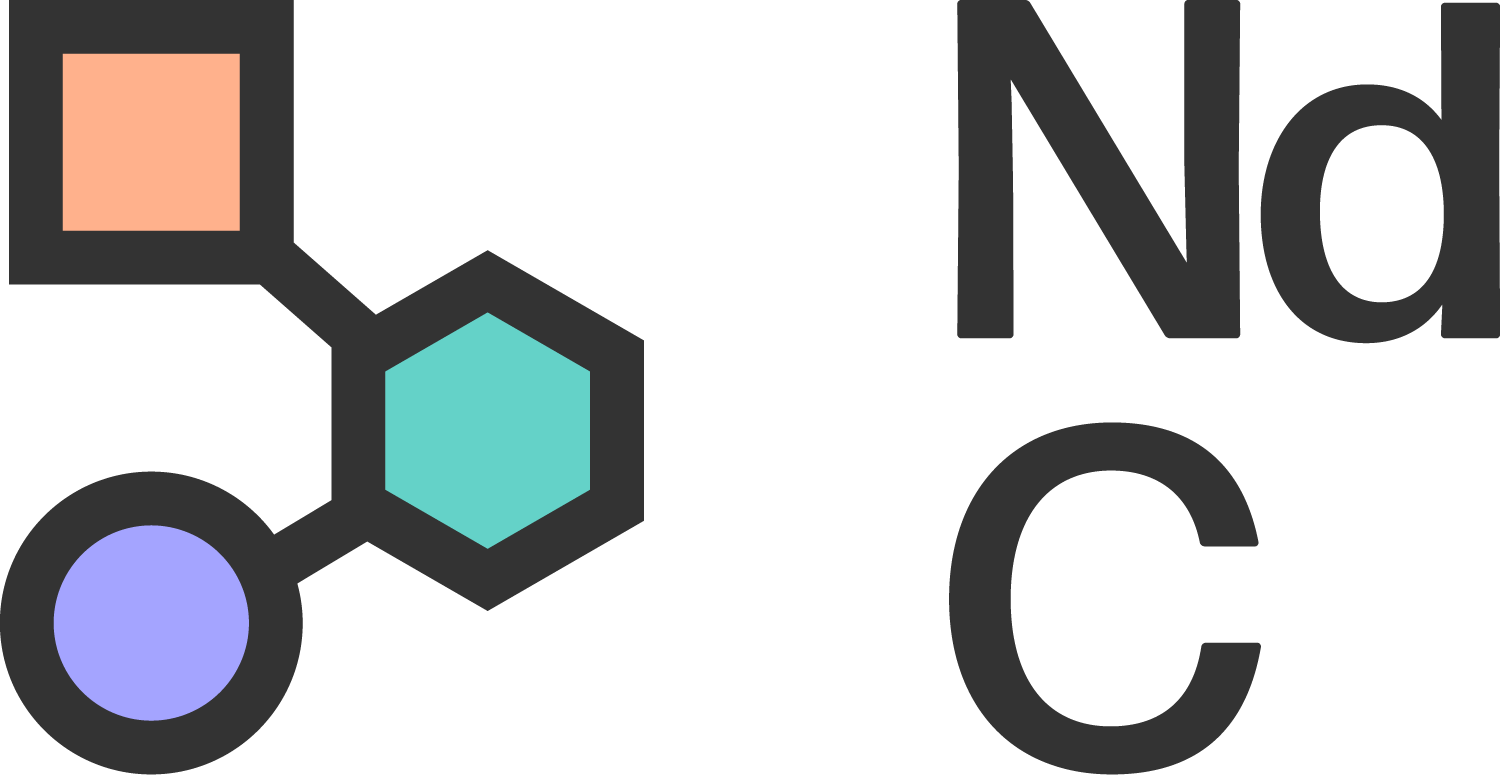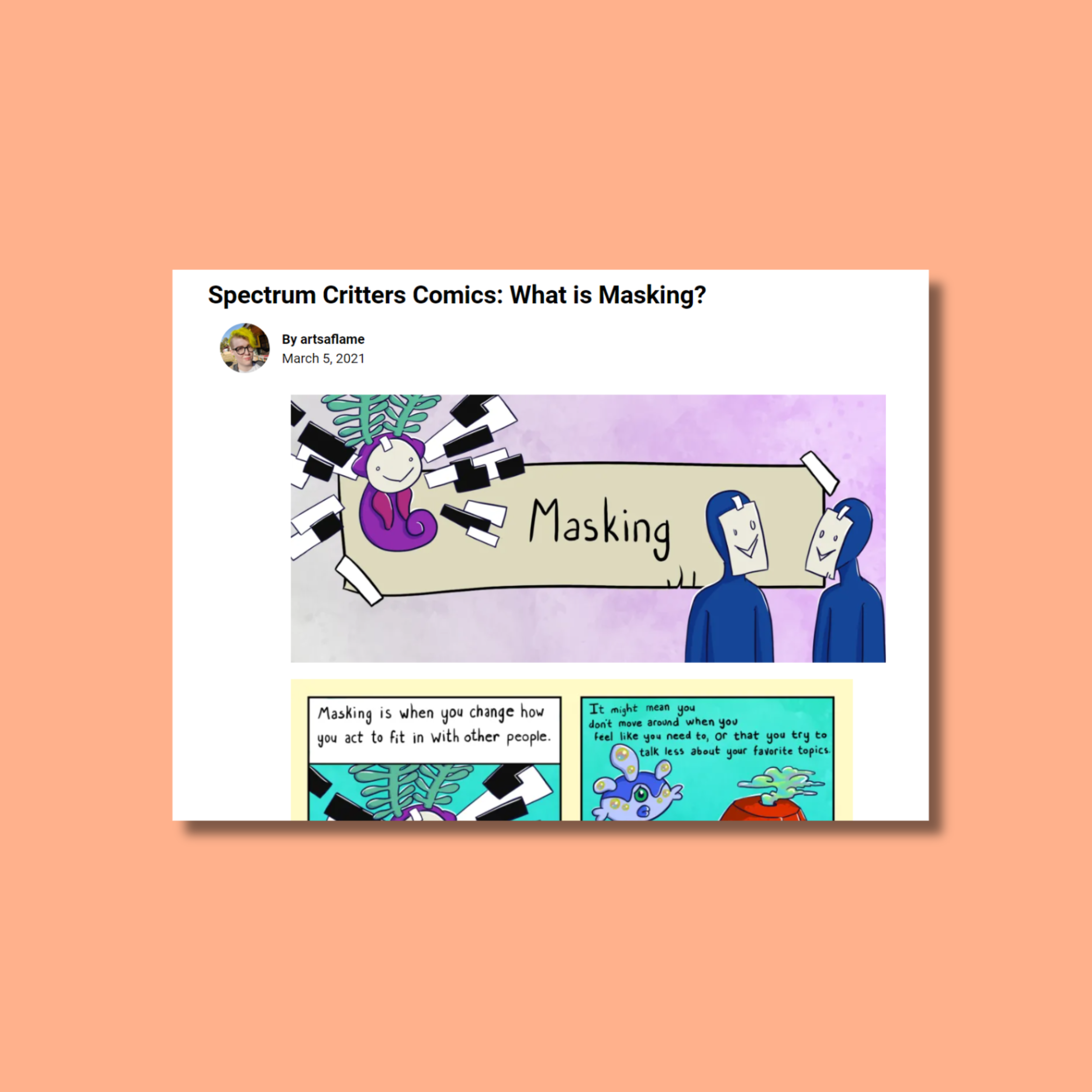Five Neurodivergent-Affirming Resources for Younger Children
As part of our Beyond Acceptance content to mark World Autism Acceptance Week, we have gathered together five excellent resources to get young people engaged with Neurodivergent-affirming concepts.
As Resources Lead at Neurodiverse Connection, part of my work is finding resources that are Neurodivergent affirming, supportive and enjoyable to engage with. Recently I have had the absolute pleasure of finding resources to help some of the youngest members of the Neurodivergent community. Before anyone ask, yes this does mean I have spent a part of my day job reading storybooks and comics! This time well spent has left me with a wealth of resources to help explain Autism, ADHD and related traits to very young children. The list below, in no particular order, outlines some of my favourites.
01 My Brain is Autistic
NeuroClastic
This is a delightful short book, full of beautiful illustrations. It explains in simple, supportive language what Autism is and how Autistic ways of experiencing the world might differ from Neurotypical people. Through clear drawing the book details the roundabout theory and promotes a Neurodivergent-affirming approach to a child’s own Autism.
02 Double Empathy: Why Autistic People Are Often Misunderstood
Crompton, DaBrabander, Heasman, Milton and Sasson
This article is a wonderful way to start a conversation around Double Empathy. Written in collaboration with young Neurodivergent people this article explains what the Double Empathy problem is and how it might affect young people. The article outlines the key research around the Double Empathy problem in a clear and concise way. The article would make an excellent prompt to support younger children or an accessible resource for pre-teens.
03 The ADHD Hero Activity Book
The University of Sheffield
Full of games, activities and colourful cartoon characters, this activity book approaches ADHD with positivity. It explains ADHD traits, emotional regulation, and support for school life through word games, colour sheets and cartoon stories. When you’ve completed the activity book there is even a cut out and keep certificate – in case you’re wondering I plan to put mine on my mantelpiece.
04 Spectrum Critters Comics: What is Masking?
Ra Vashtar
The shortest of the resources listed here is by no means the least. This six-panel comic explains masking in an accessible and child friendly way. Through the eyes of the Spectrum Critters (friendly monsters with Neurodivergent traits) we learn what masking is, that it is ok to feel the need to mask and that it is important to unmask and be yourself. This comic is a great way to explain masking to young children and start the conversation around unmasking.
05 Stimming is Fun: A NeuroInclusive Story about sensory harmony featuring Otto Crow from the picture book My Brother Otto
Meg Raby
This lovely little story is freely available online and is aimed at young children. Featuring Otto the crow and his friends and family. The book embraces all kinds of stimming and promotes a Neurodivergent-affirming take on many different kinds of stim. Additionally Otto is an AAC user and offers non-speaking children a character to relate to.
There are many other books, comics and resources for young Neurodivergent people. These resources are not only a way of discussing Neurodivergence with your child, they are also a way of supporting your child to feel seen. In having Neurodivergent-affirming media for children, we teach our children that they are loved, supported and part of the wider community. I hope these resources are the start of a journey through all the books and resources out there. Now I have a cup of coffee, a pile of books and an afternoon of reading to do and you’re all welcome to join.






